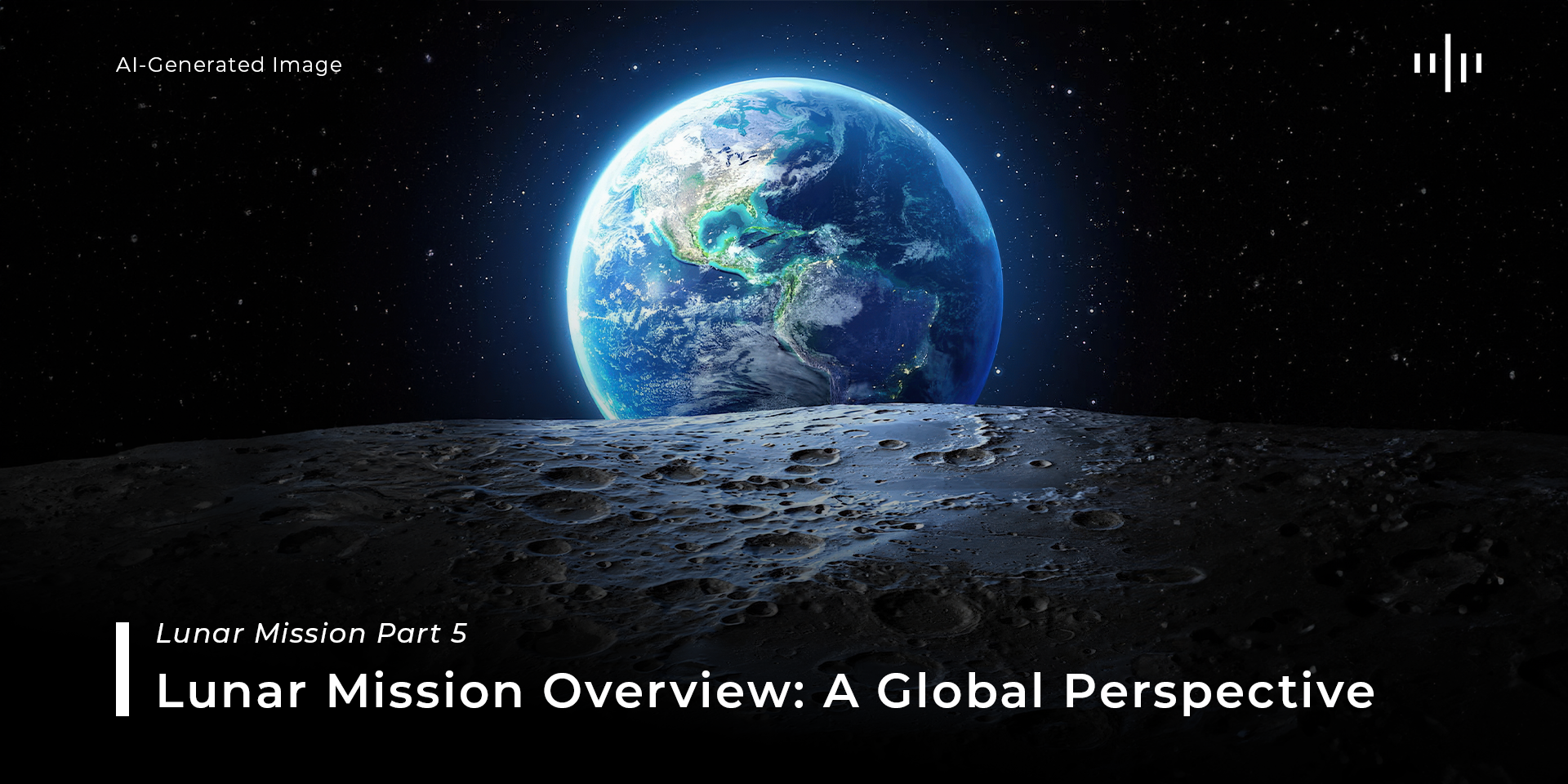Lunar Mission Part 5
Lunar Mission Overview: A Global Perspective
Few space-related activities have ever fired up the human imagination as lunar missions have. Over the years, several countries and organizations have tried to reach and study Earth’s closest celestial body. This paper presents an overview of the most crucial lunar missions and the countries or organizations behind these that have contributed to increasing humanity’s knowledge of the Moon.
USA and NASA: USA, through its NASA, led in the first exploration of the Moon. One of the most famous programs to date is that of Apollo, which ran from the year 1961 to 1972. This program finally succeeded in the first landing of a human on the Moon in 1969. There were 12 astronauts who walked on the lunar surface under the Apollo missions. NASA is pressing on with moon exploration through the Artemis program, whose chief objectives are to send humans back to the Moon in 2024, keep them on the moon sustainably, and use that as a stepping stone for further Mars exploration.
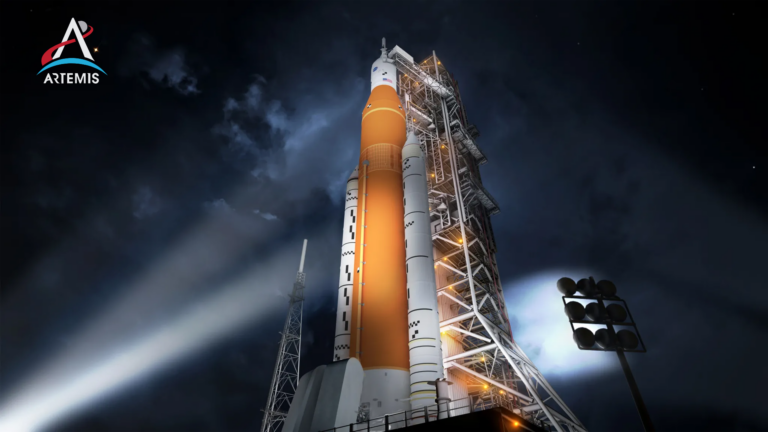
The Space Launch System launches from Kennedy Space Center’s LC-39B
Russia (Former USSR): It was the Soviet Union that sent the first spacecraft to the Moon, Luna 1, in 1959. It also made the first soft landing on the Moon with Luna 9 in 1966. Russia has been uninterruptedly working on the further exploration of the Moon, like the missions Luna-Glob and Luna-Resurs for the lunar polar region and in search of water ice. Russia recently announced plans for the implementation of Luna 25, Luna 26, and Luna 27 missions to further investigate the lunar surface and environment.
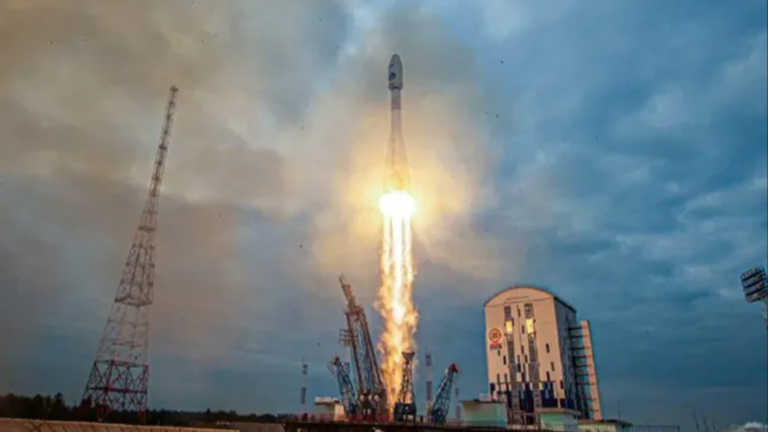
A Soyuz rocket launches Russia’s Luna-25 moon lander on Aug. 10, 2023. (Image credit: Roscosmos)
Off the surface of the Moon, China has appeared with its Chang’e program and is literally taking off with lunar exploration. The 2013 Chang’e 3 mission was the first soft landing on the Moon since the Soviet Union’s Luna 24 in 1976. In 2019, China succeeded with the first landing on the far side of the Moon with the Chang’e 4 mission. In 2020, the Chang’e 5 mission returned the first lunar samples to Earth since 1976. The next ones will be Chang’e 6, 7, and 8, concerned with the exploration of the South Pole of the Moon and the construction of a lunar research station in the 2030s.
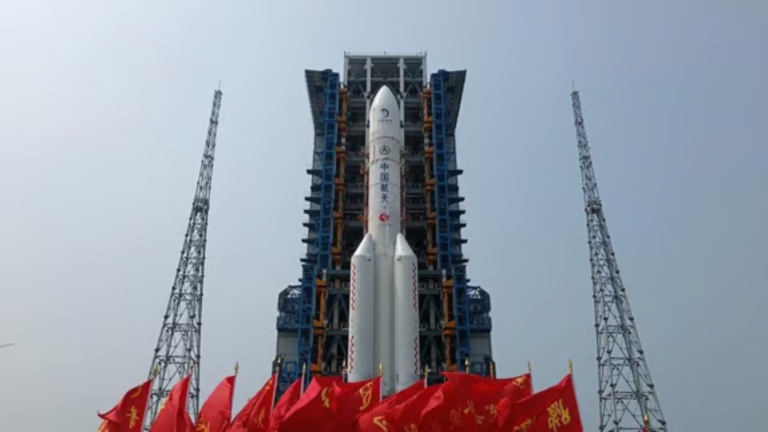
China Launches Chang’e-6 Lunar Probe to Study Dark Side of Moon
The Indian Space Research Organisation has a record of some proud achievements vis-à-vis lunar exploration through its Chandrayaan missions. Launched in 2008, Chandrayaan-1 discovered water molecules on the lunar surface. The more recent Chandrayaan-2 mission was launched in 2019 with the aim to land a rover on the Moon but lost contact with Earth during the descent phase. ISRO plans Chandrayaan-3, which will be successful in landing on the lunar surface and further exploring the presence of water ice.

A view of GSLV MkIII-M1 vehicle. Representation image (Photo: ISRO)
Japan: Japan’s space agency, JAXA, has also contributed to the exploration of the Moon through its mission called SELENE (Kaguya), launched in 2007. That provided detailed data about the Moon’s gravity field and surface features. JAXA is planning the SLIM mission, Smart Lander for Investigating Moon, with the objective of demonstrating precise landing techniques for the Moon while simultaneously collaborating on lunar projects with other international partners.
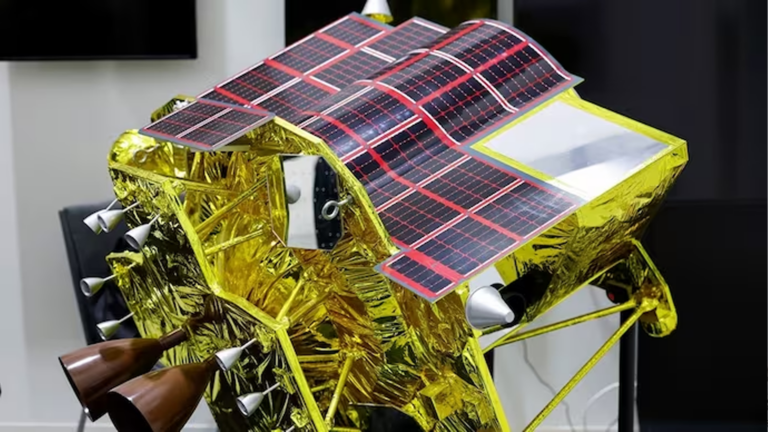
A miniature model of the Smart Lander for Investigating Moon (SLIM) is displayed at Japan Aerospace Exploration Agency (JAXA). (Photo: Reuters)
ESA: It has collaborated on various moon missions with NASA, such as the SMART-1 mission, which became the first European spacecraft to achieve lunar orbit. The ESA worked on the Lunar Reconnaissance Orbiter mission, an effort that furnished high-resolution maps of the Moon’s surface. In the future, it will work on the Lunar Gateway project—a space station that will be in orbit around the Moon and act as a hub for further exploration.
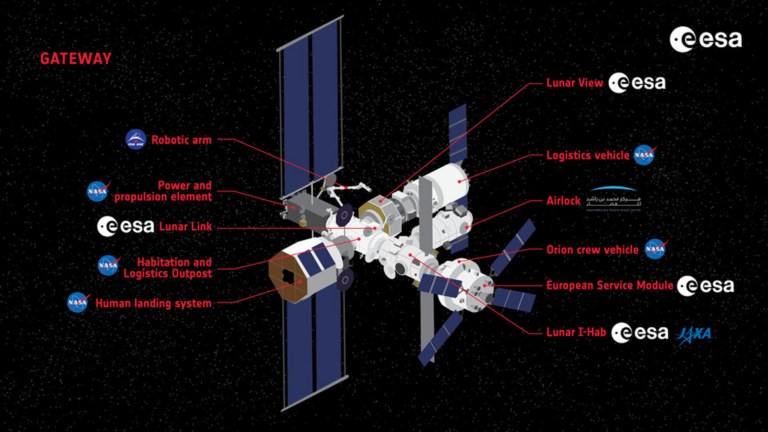
The Gateway concept ESA
United Arab Emirates: The UAE space agency has been the newest on the list of countries to have sent a mission to the moon. The Emirates Lunar Mission, more popularly called the Rashid Rover, is set for a 2024 launch and will rove the Moon’s surface while focusing on the lunar soil and its properties. This mission forms part of a more comprehensive strategy by the UAE to feature prominently in space exploration.
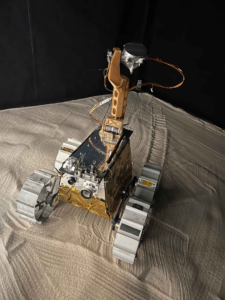
Rashid, testing out it’s functions in the lab. The LNG probes are the needle like instruments positioned around the rover. Image by the Mohammed Bin Rashid Space Centre
The drive to explore the Moon today is a global effort that emanates from curiosity and understanding of our neighbor in the sky, probably settling it one day. With improving technology, it is envisaged that more countries will be involved in lunar exploration and contributing toward the understanding of the Moon in order to undertake further space missions.


